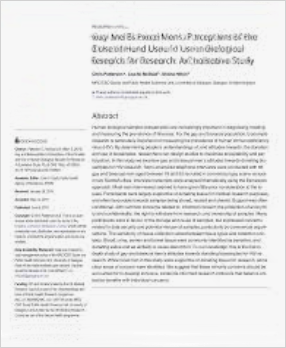Monitoring Brettanomyces Concentration, Viability, and Pseudohyphae Percentage During Propagation and Fermentation Using the Cellometer X2 Image Cytometer
MBAA. Brian Martyniak, Jason Bolton, Dmitry Kuksin, Suzanne M. Purseglove, Leo Li-Ying Chan
Brettanomyces spp. have been increasingly used for brewing fermentation owing to their unique flavor and aroma. They present interesting cell morphologies composed of excessive pseudohyphae and budding, which can lead to difficulties in determining cell concentration and viability. The gold standard for cell counting is manual counting of methylene blue–stained yeasts in a hemacytometer using a standard light microscope. However, manual counting can be time consuming and has high operator-dependent variations owing to subjectivity. In recent years, the Cellometer image cytometer has been used to measure cell concentration and viability of Saccharomyces cerevisiae using acridine orange and propidium iodide viability dyes. By utilizing this method, individual cell nuclei can be directly counted in the pseudohyphae structure, which can improve the accuracy and efficiency of Brettanomyces counting, as well as eliminating the subjectivity of manual counting. In this work, a Brettanomyces propagation and fermentation experiment was conducted with the use of the Cellometer X2 image cytometer. First, the propagation experiment was performed to measure the growth, viability, and pseudohyphae percentages of B. claussenii, B. bruxellensis, and B. lambicus, as well as optimizing the software counting parameters in a controlled environment. Second, the fermentation experiment was performed to monitor and characterize the growth pattern, viability, and pseudohyphae percentages of B. lambicus and B. claussenii during beer fermentation. The proposed image cytometry method can improve the accuracy and efficiency of cell counting compared with the traditional methods, which can potentially improve the quality of beverage products employing Brettanomyces yeasts.

